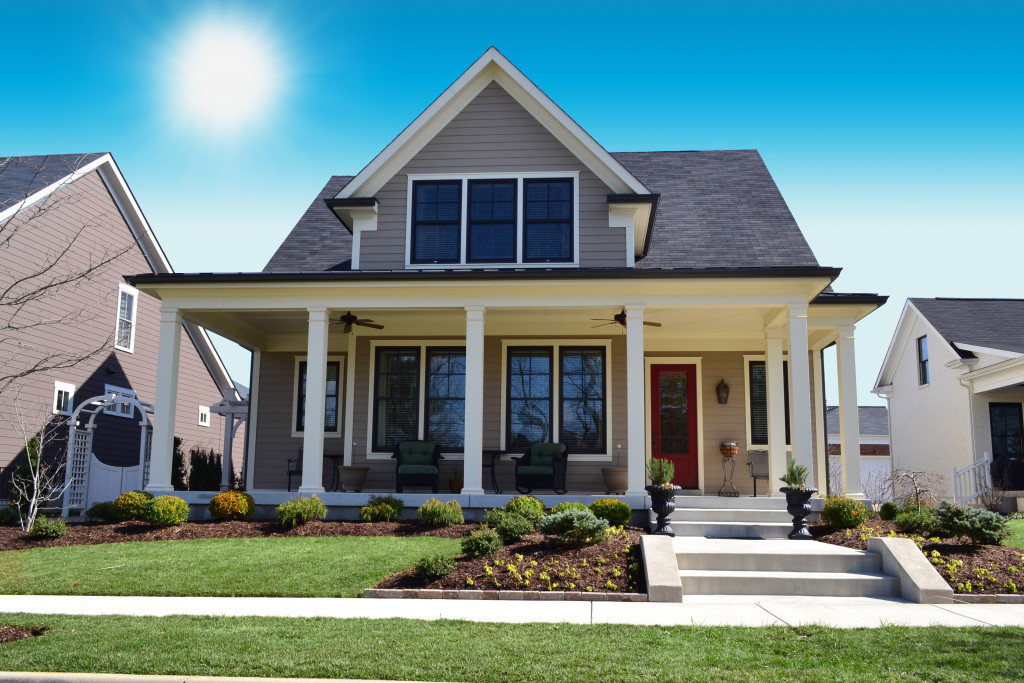Finding the perfect neighborhood to make your home can seem daunting. After all, there are so many factors to consider when searching for the ideal area that it can be overwhelming. From safety and convenience to amenities and access to public transportation, each factor will play a significant role in determining whether you’ll be happy with your choice. To help you navigate this process, here are four tips on finding the perfect neighborhood to make your home.
1. Research Local Crime Rates
One of the most important considerations when choosing a neighborhood is its crime rate. You should research violent and property crimes and use that data to decide if a particular area suits you and your family. Pay attention to local news reports and ask your potential neighbors about their experiences with crime in the area.
It is also essential to research the crime rates of the places where you work, shop, and spend your leisure time. Check with the local police department or city government for reliable statistics on criminal activity in that area. If possible, visit during different times of the day to get an idea of what the environment is like. Pay attention to any signs that indicate if the area is being monitored or patrolled by police.
When researching local crime rates, it is always important to be aware of your safety. Don’t take risks and never attempt to confront potential criminals. If you feel unsafe in a specific area, find an alternate route or activity to keep you out of harm’s way.
2. Assess the Quality of Schools
If you have children, then chances are that one of your top priorities is finding a neighborhood with excellent schools. Research each school district and determine what curriculum they offer and how highly their students perform on standardized tests. You should also try to visit the schools to get an up-close look at the facilities and talk to teachers or administrators if possible.
You should also understand the school’s culture and any extracurricular activities available. Talk to parents in the area who have children in the school, as they can provide first-hand accounts about their experience with the district. Additionally, do some research on the teacher retention rate and staff turnover rate. These are indicators of how the school system is doing and can tell you a lot about the quality of education at the schools.
3. Consider Accessibility

Another important factor when choosing a neighborhood is access to transportation, shopping areas, medical facilities, and other amenities. Are there public transportation options available in your area? Is it easy to reach grocery stores and other services? Knowing how easy it is to get around the area can help you decide if a particular neighborhood is right for you.
It is also essential to consider the availability of accessibility services in your prospective neighborhood. Do accessible housing options exist? Are local organizations and resources available for people with disabilities or special needs? Does the public transportation system offer accessible vehicles or other accommodations, such as wheelchair lifts or ramps?
4. Visit Potential Neighborhoods
Finally, don’t forget to visit potential neighborhoods before making a decision. Take some time to walk around the area and observe your potential neighbors and the overall atmosphere. Pay attention to any noise levels and traffic patterns that could be disruptive. A first-hand look at each neighborhood can help you decide which is right for you.
Additionally, if you are looking for the perfect family home or a quiet spot to settle down, consider checking out the nearby countryside. A suburb is an area located away from the hustle and bustle of the city, offering more peaceful and quieter surroundings. Take a look at nearby suburbs and decide which one suits you best. Living in a suburb has plenty of benefits, such as more spacious homes and yards, access to green spaces and parks, better air quality, and a greater sense of safety. There may also be downsides, such as long commute times for work and school, fewer amenities (e.g., stores) available close by, or higher prices.
Final Words
Choosing the perfect neighborhood to make your home doesn’t have to be an intimidating process. By keeping these four tips in mind, you can find an area that fits your needs and budget while providing a safe, comfortable environment for you and your family. Research crime rates, assess school quality, consider accessibility, evaluate property values, and visit potential neighborhoods so that you can make the best decision possible when selecting your new home. Following these steps will make finding a great place to call home much more manageable.



